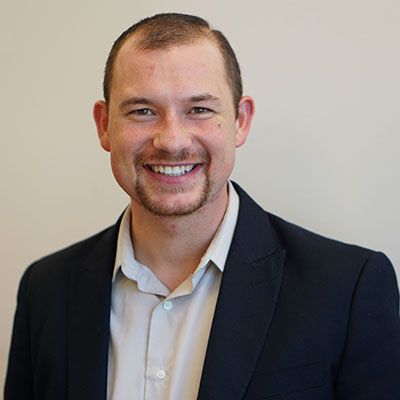In my last blog post, I highlighted the value of viewing the education system as architecture of components and subsystems that fit and work together through interfaces. From this perspective, we can think of the components of the education systems as being things such as teachers, curriculum, digital learning resources, classrooms, and school buildings. The interfaces through which these components and subsystems connect and work together are bell schedules, course credits, academic standards, pacing guides, school calendars, etc.
The major take-away in that post, which comes from our theories on innovation, is that designers of innovative education systems are best able to produce student learning outcomes when they can integrate across the performance-defining components of the overall system. This is because control of all the performance-defining components gives you the freedom to figure out how to design them and fit them together in just the right way. In this post, I want to highlight a few examples of organizations that have done just that.
Software and teachers
According to our definition of blended learning, an instructional model can be considered blended only if the online and the brick-and-mortar components of instruction are integrated. Unfortunately, this integration is easier said than done. Many schools would like their teachers to use software data to more effectively group students and adapt their lesson plans, and they would like to have the software adjust what it presents to students according to what has been covered during teacher-led instruction. But when the rubber hits the road, teachers often find that learning software doesn’t provide them access to student data, doesn’t give them the right kind of data, doesn’t present the data in useful ways, doesn’t produce data they feel they can trust, and/or doesn’t account for the student data gathered by teachers or by other online learning tools. Unfortunately, as long as educators and online learning providers work at arm’s length, this frustration is not likely to go away any time soon.
Summit Public Schools has taken an interesting approach to this challenge. Summit knows from its experiences operating successful schools that teachers are a performance-defining component of its instructional model. At the same time, they see online learning as a performance-defining component because of its potential to personalize instruction and foster self-directed learning. To get these two performance-defining components to work together in an optimal way, Summit has taken the uncommon path of creating its own online learning system that is customized to the needs of its schools.
First, it partnered with an online learning software company, Illuminate Education, to develop its online learning platform, Activate Instruction. A key to the success of this approach is that Summit worked closely with Illuminate to shape the platform rather than merely purchasing access to an existing product. Next, Summit had its own teachers create and curate the mastery-based assessment items and online content playlists that would be delivered through the platform. This approach ensured that Summit’s online learning component would be optimized to fit with its unique academic standards, teaching approach, and blended learning model. Furthermore, as Summit continues to refine its blended learning instructional model, it has the freedom to optimize the online content component, the teacher-led instruction component, and the interface between those components.
Online learning and physical learning environments
The structure of a students’ physical learning environment is a component that is performance-defining in most educational programs. This is why teachers in traditional schools put great effort into setting up their classroom procedures and classroom management systems. They want to ensure that their students spend as much time on task as possible.
In fully virtual schools, students who tend to do well often have an off-campus learning environment that is structured to be conducive to learning—either by the students themselves or by their parents. This is not the case, however, for all virtual students. Given the importance of the physical learning environment component, some virtual school providers now provide programs where they provide their virtual school instruction in a blended learning setting. For example, K12 Inc. has two charter schools in the Bay Area that use its virtual school resources in a Flex blended learning model, and the company has plans to open more schools patterned after this model over the next few years. Similarly, many Enriched Virtual blended learning models that we have studied were started in order to provide added support to virtual school students.
As stated earlier, the general principle behind these strategies is integration across the performance-defining components of the overall system. I often hear innovative teachers and school leaders voice frustrations that the online learning software they are using doesn’t do what they would really like it to do or that the current professional development options don’t address the specific needs of their blended learning teachers. To squarely address these challenges, innovative education leaders should look for creative ways to bridge their work across these components of the value chain, either by bringing them in-house or by developing tight-knit partnerships with providers. Integrating in this way is not easy. In fact, it presents a whole new set of resource constraint challenges that require out-of-the-box creative thinking. But until standardized and scalable models of successful blended learning emerge, integration is the best strategy for getting the performance-defining components to really work.

